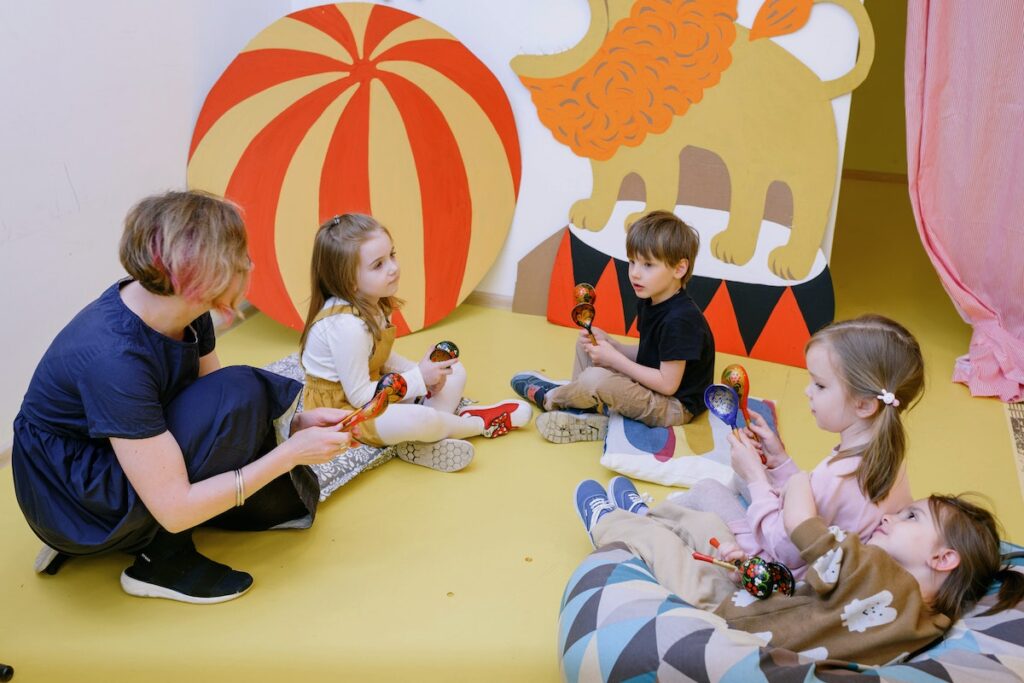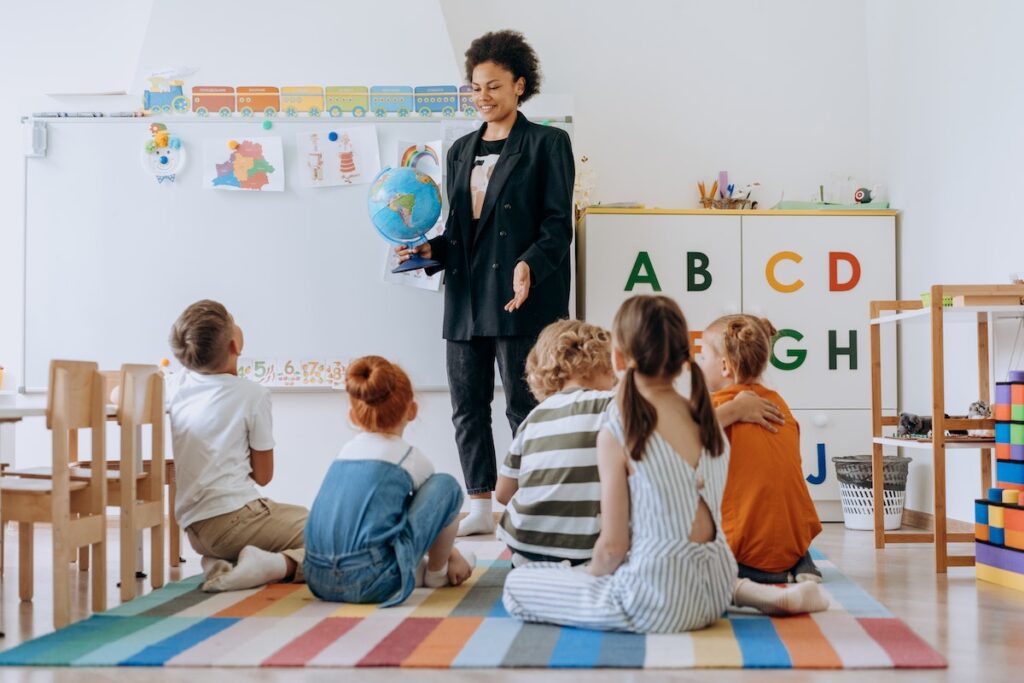Understanding children’s learning styles helps you as a parent to create a personalized learning environment catering to your child’s needs and preferences. More often than not, parents get incredibly excited when their children start developing the tiniest understanding of their environment.
Today, parents go the extra mile to capture the most intimate and significant things that their children do. This goes from their first smile, first grin, first words, and, most significantly, their first walk/step. As the child grows, so does their physical, intellectual, and emotional well-being. It is important to note that children have different growth rates, and how fast one child grows doesn’t necessarily match another.
Every child’s growth is unique, and so are their mannerisms and behavioral traits. Parents feel pressured to see their children grow at a pace perceived as expected, more so intellectual and learning pace. It comes naturally for a parent to take their children to the best schools to get the best education.
Learning is an essential part of raising children and an important aspect parents look into. Children’s Learning styles depend on their personality, age, and learning style.
Let us glimpse at some common learning styles for children, but how do you identify your child’s learning style?
To identify your child’s learning style, observe how they interact with the world around them.
- Do they enjoy reading books and looking at pictures?
- Do they like or enjoy listening to music or stories?
- Are they constantly fidgeting and moving around?
These observations can give you clues about your child’s learning preferences. Ask your child how they like to learn and what helps them understand information better.
What are The Different Learning Styles?

The three most commonly recognized learning styles are: visual, auditory, and kinesthetic.
- Visual learners prefer to learn through visual aids such as pictures, diagrams, and videos. Effective teaching strategies for visual learners include visual aids such as diagrams, videos, and pictures. They prefer to see the information they are learning, which helps them remember it better.
- Auditory learners prefer to learn through hearing and listening. They learn best through lectures, discussions, and other forms of verbal communication.
- Kinesthetic learners learn best through hands-on activities, movement, and physical experiences. They prefer to touch and manipulate objects to understand them fully. Kinesthetic learners learn best through hands-on activities, role-playing, and physical experiences.
Teachers can also use a combination of teaching strategies that cater to different learning styles to engage all students in the classroom.
Benefits of Understanding Your Child’s Learning Style
Understanding your child’s learning style can be beneficial in the following ways:
- It creates a learning environment that is personalized and tailored to their individual needs. When children are taught in a way that matches their learning style, they are more engaged, motivated, and likely to retain the information they have learned.
- It identifies any learning difficulties they may be experiencing and take appropriate action to address them.
- It Improves communication between parents and teachers by providing a common language to discuss the child’s learning preferences and needs.
- Parents can share information about their child’s learning style with teachers to help them create a personalized learning plan. Likewise, teachers can provide feedback to parents on their child’s progress and suggest ways to support their learning style outside of school.
Therefore, creating a learning environment that caters to your child’s learning style is essential. This involves understanding their preferences and providing appropriate resources and tools.
For example, for visual learners, you can provide them with books, videos, and other visual aids. If they are auditory learners, you can read to them, play educational podcasts, and discuss with them. For kinesthetic learners, you can provide hands-on activities and opportunities for movement.
Encouraging Your Child to Develop Skills Outside Their Preferred Learning Style
Encouraging your child to develop skills outside of their preferred learning style involves exposing them to different learning experiences, which include the following steps:
- Introduce them to different types of learning activities
Try introducing activities to visual learners that involve more listening or movement, such as audiobooks or dance classes. Similarly, encourage auditory learners to engage in visual or kinesthetic learning activities, such as drawing or building.
- Use various teaching strategies.
Incorporate different teaching strategies into your child’s learning routine, such as hands-on activities, group work, or visual aids. This can help them develop skills in different areas and reinforce learning in their preferred style.

- Encourage exploration and experimentation.
Encourage them to explore new subjects and help them discover new interests and talents, and develop a more well-rounded set of skills.
- Be patient and supportive.
Developing skills outside of one’s preferred learning style can be challenging, so it’s essential to be patient and supportive. Comment, encourage and praise their efforts and progress, and provide assistance and guidance when needed.
By encouraging your child to develop skills outside their preferred learning style, you can help them become more flexible and adaptable learners and prepare them for success in various learning environments.
Frequently Asked Questions
Can a child have a combination of learning styles?
Yes, children can have a combination of learning styles. For instance, a child may be a visual and kinesthetic learner, which means they learn best through visual aids and physical experiences.
Identifying your child’s dominant learning style and being aware of their secondary learning style is essential to provide them with the required resources and teaching strategies.
How can you support your child’s learning style while they transition into different stages of their education?
As children transition into different stages of their education, their learning needs and preferences may change. It’s essential to continue to observe and identify your child’s learning style and adjust the learning environment and teaching strategies accordingly.
Encouraging your child to try new learning experiences outside their preferred learning style can also help them develop new skills and become more well-rounded learners.
As children become more independent learners, learning to identify their preferences and advocate for their learning needs is also essential.
What are some common misconceptions about learning styles?
There are several misconceptions about learning styles that have been debunked by research. One common misconception is that people are exclusively one type of learner, such as only visual or only auditory. However, most people use a combination of learning styles depending on the task.
Another misconception is that teaching a child’s learning style will automatically improve their academic performance. While catering to a child’s learning style can improve engagement and motivation, it does not necessarily translate to improved academic outcomes.
Conclusion
In conclusion, understanding your child’s learning style is essential to creating a personalized learning environment that caters to their needs and preferences.
By identifying your child’s learning style, you can provide them with the appropriate resources and teaching strategies to maximize their learning potential. It’s also important to recognize that children can have a combination of learning styles and encourage them to develop skills outside their preferred learning style.
Effective communication between parents and teachers can also support your child’s learning style as they transition into different stages of their education.












